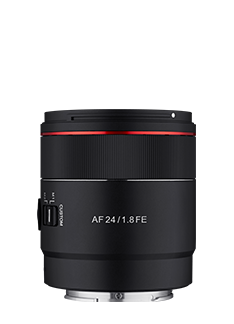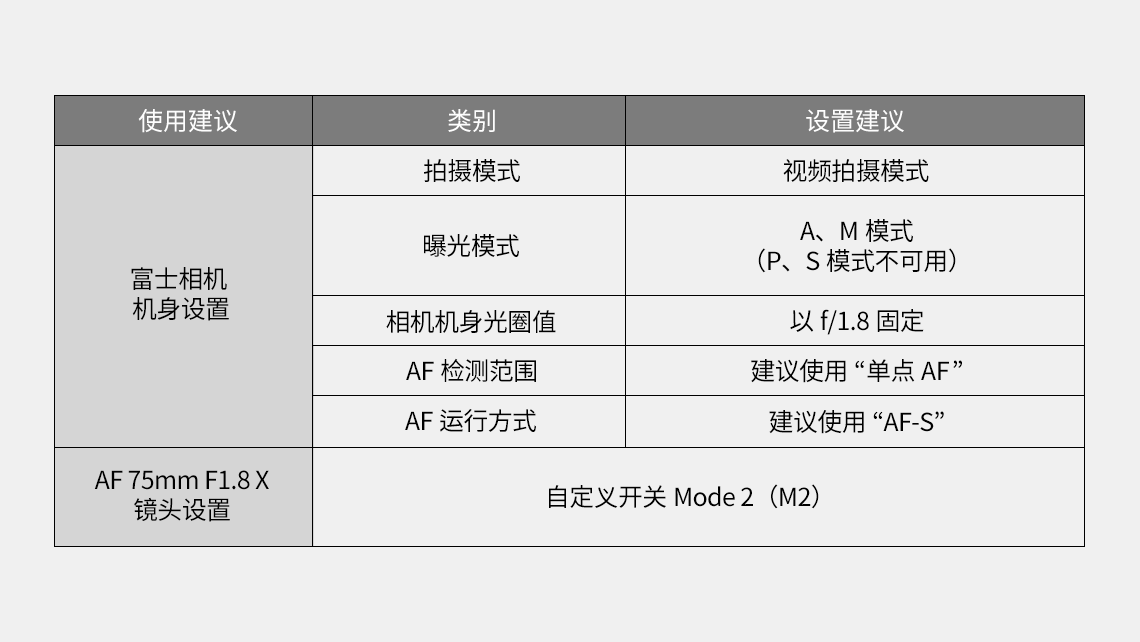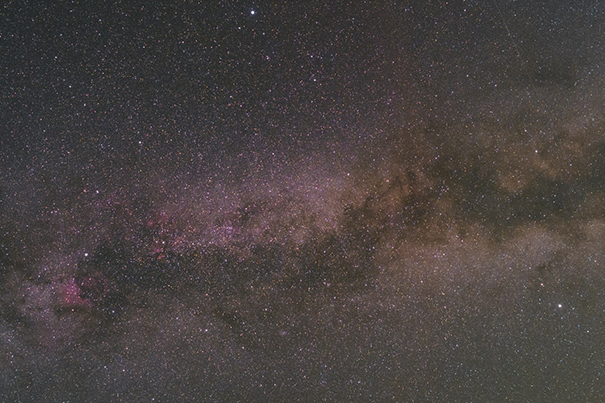BLOG
Samyang AF 24mm F1.8 FE is truly the “Masterpiece for Astrophotography”?
Samyang AF 24mm F1.8 FE lens, the brand new Samyang lens, is named as the “Masterpiece for Astrophotography” on the launching poster.
Indeed, this lens offers very interesting features for astrophotography.
The Samyang AF 24mm F1.8 FE This lens is truly the “Masterpiece for Astrophotography”?
To confirm this question, we took a special test with 2 photographers experienced in nightscapes in 2 different conditions. This lens test was carried out in June of 2021 on a moonlit night, so it’s difficult to get example images that lived up to our expectations. We will keep shooting nightscapes with the AF 24mm F1.8 FE lens this summer.
The Samyang AF 24mm F1.8 FE lens has great design in line with the autofocus series from Samyang, the Korean brand.
The lens is compact and very light (only 230g) with its plastic and metal construction.
New features make it possible to take photographs well at night without making a mistake. The grip is therefore very good once mounted on the body housing:
the lens is forgotten and all of its functions are easily accessible. The lens has a custom switch that allows you to assign functions to the focus ring.
By default, in mode 1, the ring controls the focus (if the camera is in Manual Focus mode), and in mode 2, it’s operated as the Aperture Control mode.
These functions can be added through firmware update with the Samyang lens station. The focus ring is very smooth to handle and great to adjust minutely, particularly for point light sources such as stars
The innovative point of the Samyang AF 24mm F1.8 FE is the focus hold button. This allows you to activate the “Astro-Focus Mode”.
To activate this mode, all you have to do is turn on the camera while keeping the button on the lens pressed. A red LED will then light up to indicate the passage in astro-focus mode. This will turn to green when the focus is fixed on the infinite position.
We wanted to verify the accuracy of this “Astro-focus Mode” after our actual experience. The test is conclusive: the function of the infinity focus recall appears stable!
After several assemblies/ disassemblies and a few temperature variations, the focus still has not changed. Thus, we can rely on this function with confidence and set the focus to the infinite position with one click.
The green LED index located on the left side of the lens indicates the infinity focus status. This LED light turns off when shooting, to avoid any problem of light.
Astrophotography is a very demanding area for optics. Indeed, certain defects which could be acceptable or even invisible during the day can’t be acceptable in astrophotography. These are the optical defects that are particularly visible on point light sources: coma, astigmatism or even chromatic aberrations.
We tested the Samyang AF 24mm F1.8 FE lens on a defiltered 24mpx A7III (5.95 micron pixels) and an undefiltered 12mpx A7S (8.4 micron pixels) by photographing
a similar scene.
The following images present the results obtained with the two cameras on a field similar to f/1.8, f/2.2 and f/2.8.
The exposure time is identical for the 2 boxes: 8 sec.
* Important Note: In this test we considered the best (left) side for the comparisons.
Performance on a 24mpx A7III (defiltered)
The coma is relatively present at the edges of the images at f/1.8. It is accompanied by a slight astigmatism. By stopping down to f/2 and f/2.2 the stars on the edge start to round. It will be necessary to stop down to f/2.5 to have acceptable shape stars.
As for chromatic aberrations, they are very pronounced at f/1.8, especially on the brightest stars. The blue / purple halos are seen around the stars, and fringes on the stars located at the edge of the field. By stopping down to f/2.5, these aberrations are greatly reduced, but they do not disappear completely, even at f/2.8 or f/4.
The sharpness is good in the center of the image when fully opened, but the edges are set back considerably due to the curvature of the field (a common defect of wide-angle lenses). The sharpness becomes very good over the entire field as soon as the diaphragm is closed to f/2 or f/2.2.
Performance on a 12mpx A7S (undefiltered)
The A7S has larger pixels, which makes it more acceptable to optical defects. At f/1.8 the sharpness is generally good, on the other hand we perceive astigmatism and chromatic aberration on the brightest stars. By stopping down to f/2, the overall rendering is improved considerably and the chromatic aberration is also decreased but blue / purple halos around the brightest stars remain. On the other hand, at f/2.8, the performance is really great on the A7S over the entire field: the astigmatism disappears and only very slight curvature effect persists on the few area. As for the chromatic aberration, it becomes residual and can be easily corrected in post processing. By gradually closing at f/4, we get an excellent result, the stars are very fine and the chromatic aberration disappears completely.
Vignetting
Vignetting is visible at f/1.8, decreased at f/2, invisible at f/2.5.

f/1.8-f/4
Bokeh
It shows very soft and naturally blurred background. Bokeh balls of the stars are relatively circular without apparent defect.

This is a very high quality lens like other Samyang Tiny series lenses. Samyang tries to be innovative by adding new features such as the ‘focus hold button’ with this model. Rendering in nocturnal landscapes is pretty good: the stars are sharp, the coma is correctly corrected from f/2.5, and vignetting is no longer really annoying when closing at f/2. However, chromatic aberrations (for a photographer who regularly practices night landscapes) can be seen at f/2.8. In my opinion, the best compromise between the image quality and the amount of light is using this lens at f/2.5, but that may depend on individual requirements.
The astro-focus mode might seem a bit gimmicky at first, but this function is very handy: you turn on the camera and you are ready to shoot with confidence! Imagine, for example, a stealth event such as a passage of the ISS (International Space Station): you see the ISS appear on the horizon, and you do not want to miss this moment. With this lens, you can capture that shortly as soon as you turn on the camera, because the focus is already positioned at infinity. Another example is to photograph thunderstorms. With the astro-focus mode, you will be immediately ready to shoot a flash of lightning.

- www.maximetessierphotographie.fr
- www.facebook.com/maximetessierphotographie
- www.instagram.com/maxime_tessier_photographie
For the A7S, this 24mm is an excellent autofocus lens at a great price. For the astrophotography, it’s bright aperture and controls chromatic aberrations effetely on dedicated software.
Memorizing the infinite focus position with the astro-focus mode is really impressive! It allows you to search the different shooting locations at night as saving precious time on setting camera. We need to press the ‘focus hold button’ whenever the camera is turned on to enjoy the astro-focus mode, but I think that there might be some improvements in the future since this mode is the world’s first technology invented by Samyang.
The grip of the AF 24mm F1.8 FE lens when using with the Sony body is perfect, the lens is compact and light with great build quality, and the focus ring is controlled precisely.
The Samyang AF 24mm F1.8 FE lens is a very interesting, innovative and pleasant to use wide-angle lens dedicated to astrophotography.
The "Astro-Focus Mode" is a really innovative and comfortable feature when shooting astrophotography in the field! You can get high image quality nightscapes even in a low light condition at f/2. The images show a little chromatic aberrations on the stars, but they can be easily corrected on the post-processing.
This lens performs very well not only for nightscape but also for everyday photography: the image quality is excellent, the autofocus is very responsive and the color rendering is faithful.
- Written by Maxime Tessier, David Malattia and Maxime Oudoux (Source: Collectif NOX)


 AF 24mm
AF 24mm SONY
SONY F2
F2
 8sec
8sec
 3200
3200
 -
-
 24mm
24mm
 -
-
 -
-




















